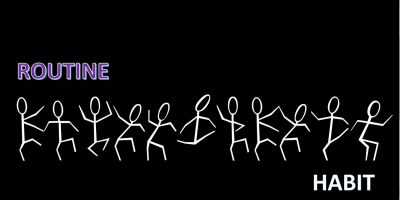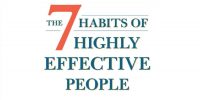Like many other words in the English vocabulary often misused, routine and habit are classic examples. These two words are often used interchangeably, and some may argue they mean the same thing. However, their similarity lies in the fact that they both mean repetitive actions, and it ends there. Read on to learn how to differentiate between routines and habits.
A habit manifests as an urge that is often part of the subconscious mind and triggered by a certain cue. You can tell if a habit is deeply ingrained by testing the connection between it and the trigger. On the other hand, a routine forms as a result of deliberate action guided by the conscious mind. If you don’t pay particular attention to your routines, they can die out.
To understand the difference between routines and habits, you need to know the characteristics they embody. The key features of the two are listed below.
Features of a Routine
Prepared
Routines are carefully prepared. Whether it’s your daily routine or work routine, neither just happens. You must have taken the time to prepare the steps in your routine. For instance, the daily routines of many people includes having a cup of coffee/tea and some minutes of meditation.
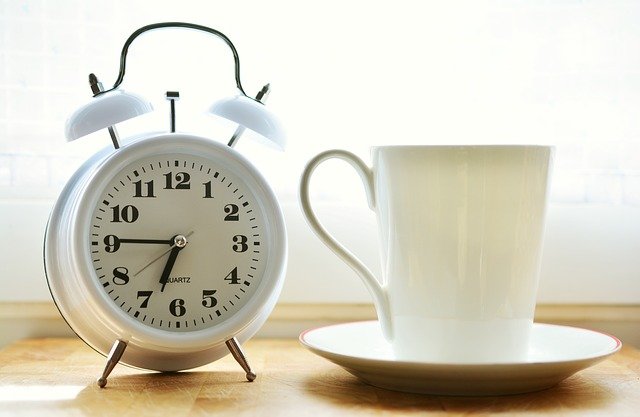
Based on what, why, and how
Before you include an activity in your daily routine, you must know what action to take, why the action is necessary, and how to carry out the action. This goes for every step in your routine.
Sometimes include habits
A routine comprises several actions, while a habit is usually a single action (but could be done multiple times). This is why a habit may be a component of a routine. Referring to the routine listed above, having a cup of coffee is a habit that has been added to the routine.
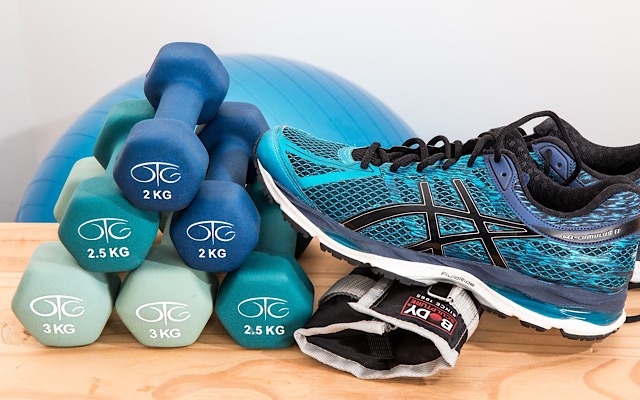
Requires timelines
The steps in routines are usually time-bound. That’s why the daily routines of most people start with waking up an going to be at particular times. To underscore this point, here’s a typical daily routine.
- Wake up at 6 am.
- Meditate for 3o minutes.
- Work out for 30 minutes.
- Bathe for 15 minutes.
- Get dressed for 15 minutes.
- Have breakfast or a cup of coffee/tea (or both) for 15 minutes.
- Leave for work at 7:45 a.m.
- Begin work at 8 a.m.
- End work at 4 p.m. and head home.
Note that every action listed above has a time frame.
Features of a Habit
Requires no effort
When something becomes your habit, you’ll do it without any effort. Sometimes you may do it without being conscious of it. For instance, if drinking is your habit, you’ll often take a can of beer absentmindedly.
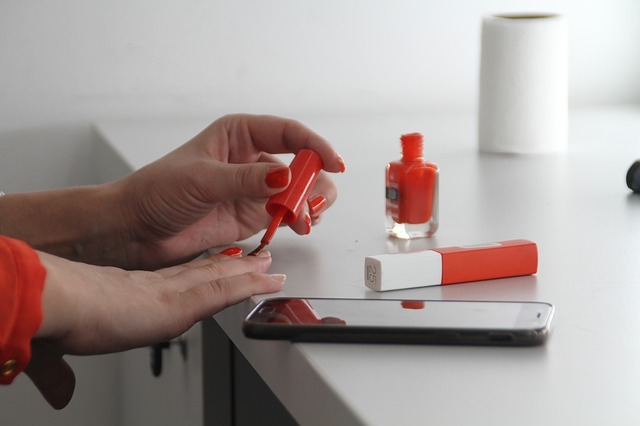
Often preceded by a cue
Most habits are triggered by certain cues. Playing games on your phone is a habit that is triggered by a moment of idleness, which is the cue.
Gives pleasure
Every habit gives certain pleasure – real or imaginary. When you carry out your habit, you have fun doing it. That’s why you can do it for a long time or multiple times a day.
How Routines and Habits Affect Productivity
How routines and habits affect productivity may be the most important difference. Routines make you productive while habits give temporary pleasure.
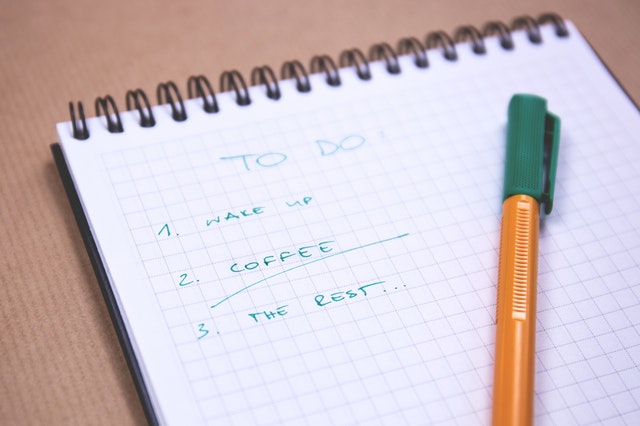
The more you carry out your routines, the better you’ll become, right? The problem is that routines require effort to follow and aren’t always completed. But what if you could convert your routines into a set of habits? What if you could have fun while following your routines? It’s possible. You can convert your routines to habits using the “The Habit Loop.”
What Is the Habit Loop?
The Habit Loop is the process of converting habits to routines using three components: Cue, Routine, and Reward.
Cue: This is the signal that triggers certain habits. Idleness and boredom trigger gaming and binge eating. To convert your routines to habits, you need a trigger. The cue is the trigger that will put your brain in ready mode for the routines you want to convert.
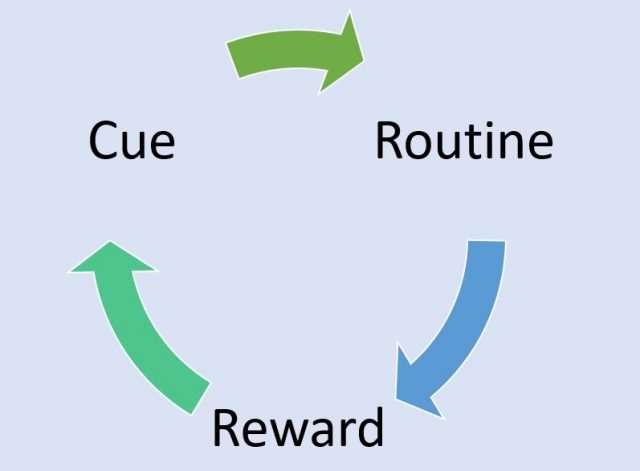
Routine: this is the set of actions you want to turn into your habits. You must follow the cue with the required routines.
Reward: Each time you carry out your habits, you’ll derive certain pleasure, and the pleasure gives you the inner drive to make the habits. In the Habit Loop, you need a reward that will represent pleasure. When your brain gets accustomed to the reward, it will always push you to carry out your routines right after the cue.
Of course, following the loop may be difficult at the beginning. It will become easier and effortless when your brain takes over. By then, you’ll feel uncomfortable if you don’t take necessary actions after the trigger.
Conclusion
Routines and habits are different, yet they can both be a part of the complete productivity picture. You also need to understand that habituating your routines will not make you productive if your routines are not designed for productivity. You must plan productive routines before you turn them into habits.
